I am not afraid of storms, for I am learning how to sail my ship.
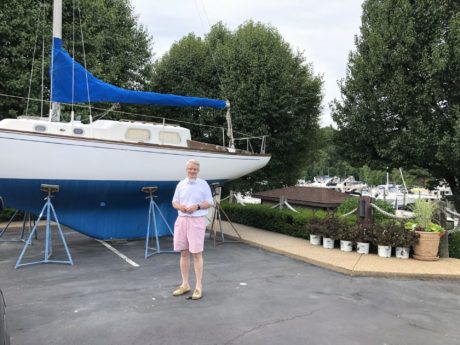 My husband identifies himself as a sailor. He is the proud owner of his father’s 30‘ Alberg sailboat, and he carries that legacy with care and respect for all his father taught him about the beauty and art of sailing. And, Sun Spur is in need of some loving attention right now. She has been in the water a bit too long and recently sprouted a tiny but significant leak in her bowels. This was not a dire emergency (despite my husband’s triggered reactions to the situation), yet she required a trip to a nearby marina sooner rather than later, where she could have access to experienced technicians who could repair her hull and perform some needed maintenance.
My husband identifies himself as a sailor. He is the proud owner of his father’s 30‘ Alberg sailboat, and he carries that legacy with care and respect for all his father taught him about the beauty and art of sailing. And, Sun Spur is in need of some loving attention right now. She has been in the water a bit too long and recently sprouted a tiny but significant leak in her bowels. This was not a dire emergency (despite my husband’s triggered reactions to the situation), yet she required a trip to a nearby marina sooner rather than later, where she could have access to experienced technicians who could repair her hull and perform some needed maintenance.
I watched the story of Sun Spur’s situation unfold, entangled with my husband’s reluctance and several dilemmas about how best to take care of the problem (should he travel further to a marina where he could perform the work himself at less cost but more time and effort? Should he try to find someone to travel to his current marina to fix the leak — which turned out not to be feasible? Did he actually have the skills necessary to repair this leak? You get the picture). There were many nuances and layers between the boat’s objective needs, the potential costs involved (monetary and time), and my husband’s personal history of “do it yourself” mindset.
Recognizing Changing Tides
I began to see underneath these surface issues into a beautiful metaphor for what I, and perhaps many of you, might be going through right now. There are so many current forces at work in this country and in the world unfolding at once, it seems hard to catch my breath before the next news item is surfaced. And each event has its impact on each of us, often at deep and personal levels.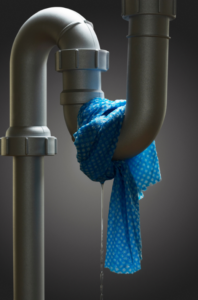
As Sun Spur is still sitting in the parking lot of the second-choice marina at this moment (and that’s another story in itself!), what’s becoming clear is that I, too, am needing some maintenance. I, myself, have some unattended to minor leaks of my own. For example, I seemed to have lost my north star in the fog of rapidly changing seas that have impacted how PBC training is delivered. I’ve gotten caught up in the urgency of making tough decisions and pivoting quickly to create virtual versions of this work.
Looking Beneath the Surface
So, what’s below the water line for me? It looks like my disorganized office space with papers and piles spread everywhere. It shows up in feeling blindsided by deadlines that I had forgotten about in the fray and details of doing. It shows up in my reactivity to others when I’m tired from having pushed myself too hard at work. Or when I skip some of my regular practices (like yoga and meditation), rationalizing I really don’t need them today.
What’s leaking is my energy, and my Presence. When I was training many years ago in the Toltec work (from Don Miquel Ruiz, author of “The Four Agreements”), I learned that we as humans have some insidious and subtle habits around leaking our own energy. We do this by gossiping or complaining, by becoming buried in social media, by dismissing our needs for rest or connection or quiet time in nature as we get pulled into the ever-changing external context. By ignoring our Being.
Lifting Out of the Water
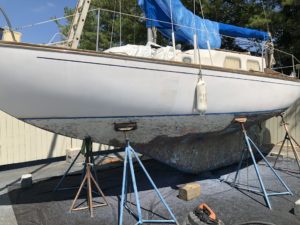 I have learned to operate on fumes pretty well…for a time. And then, I suddenly wake up to discover that I am off course. I realize need to attend to myself, to re-commit to the self-care practices that I know reliably feed me. And, my hull needs painting! What I mean is: my office needs organizing, cleaning, and the disposal of no longer needed papers. What I mean is: I am longing for connection with myself – space to be with my inner world in an unstructured way. See the view from a bigger perspective. I need to put myself “on the hard” for a bit.
I have learned to operate on fumes pretty well…for a time. And then, I suddenly wake up to discover that I am off course. I realize need to attend to myself, to re-commit to the self-care practices that I know reliably feed me. And, my hull needs painting! What I mean is: my office needs organizing, cleaning, and the disposal of no longer needed papers. What I mean is: I am longing for connection with myself – space to be with my inner world in an unstructured way. See the view from a bigger perspective. I need to put myself “on the hard” for a bit.
This act of pulling myself out of the water invites paying attention to what’s calling me now and discerning what are the few priorities toward which I really want to invest my energy. I want time to re-gather myself as I notice what’s true for me, and for my heart. To stop the energy drains from those familiar things that draw my attention in reactivity and habit. I want to organize myself around my commitments and purpose. To take the rudder of my own ship again. I’m taking a deeper breath and sensing the ground of my own anchoring into Presence just writing this!
Have You Sprung a Leak?
Perhaps you have your own version of a leak, or your own hull needs some fresh paint. Perhaps it’s an inner knowing that you need to take a Presence Pause in your life or work. To re-evaluate, re-assess or re-imagine what’s truly needed now, in the midst of this stressful time period in history, and within this precious moment of your life’s trajectory. I encourage you to sense in and name what may be arising for you as you read this blog, and to capture it somewhere for your own reflection. And to give yourself permission to put yourself “on the hard” if needed.
Now, Adjust Your Sails
- What might you see for yourself within these metaphors?
- What’s underneath your own or your client’s water line that might need some attention or maintenance?
- How can you create some space to lift yourself out of the water or onto the hard, or encourage your clients to do the same, in order to consider what course correction may most be needed in this moment?

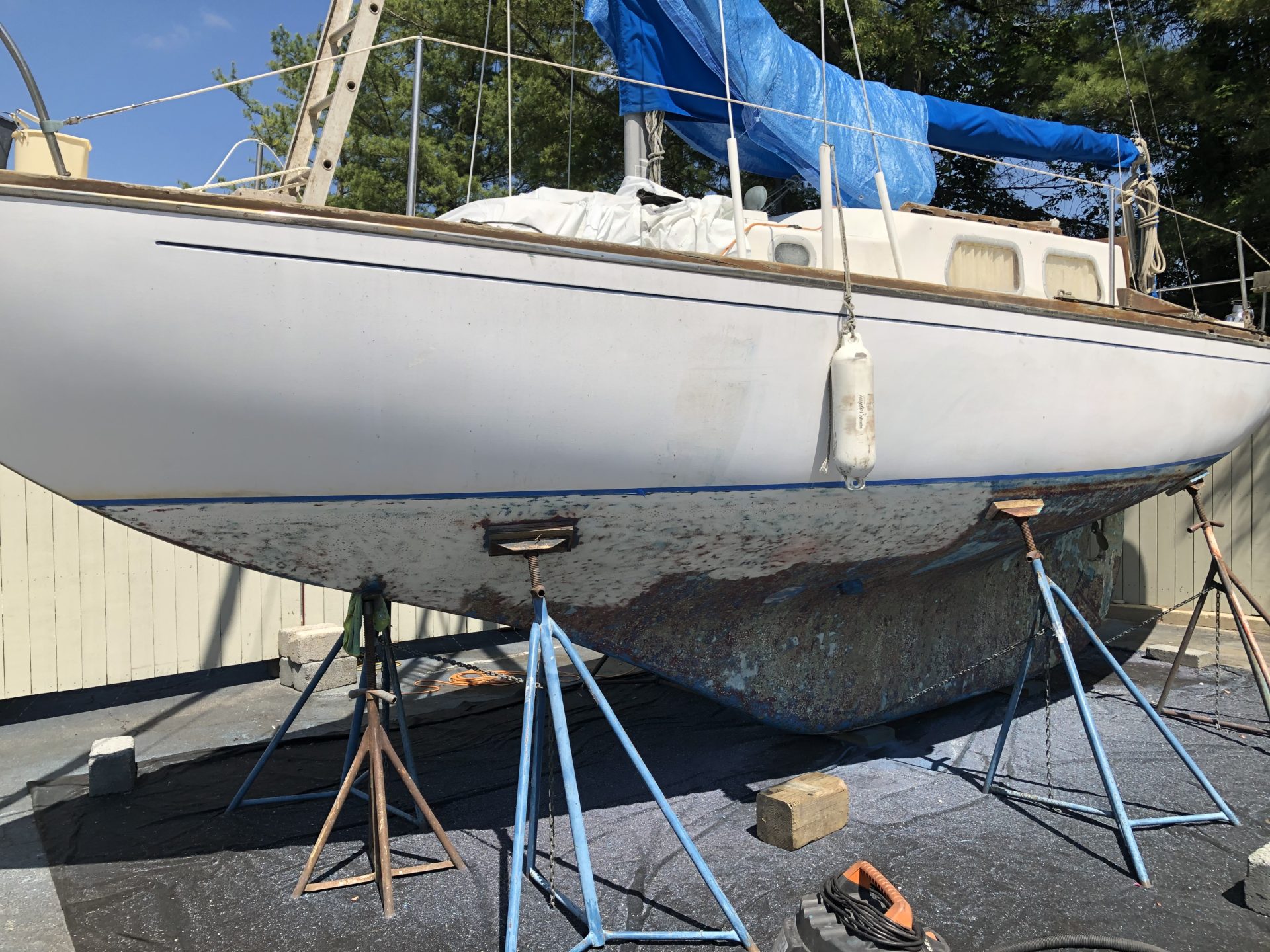
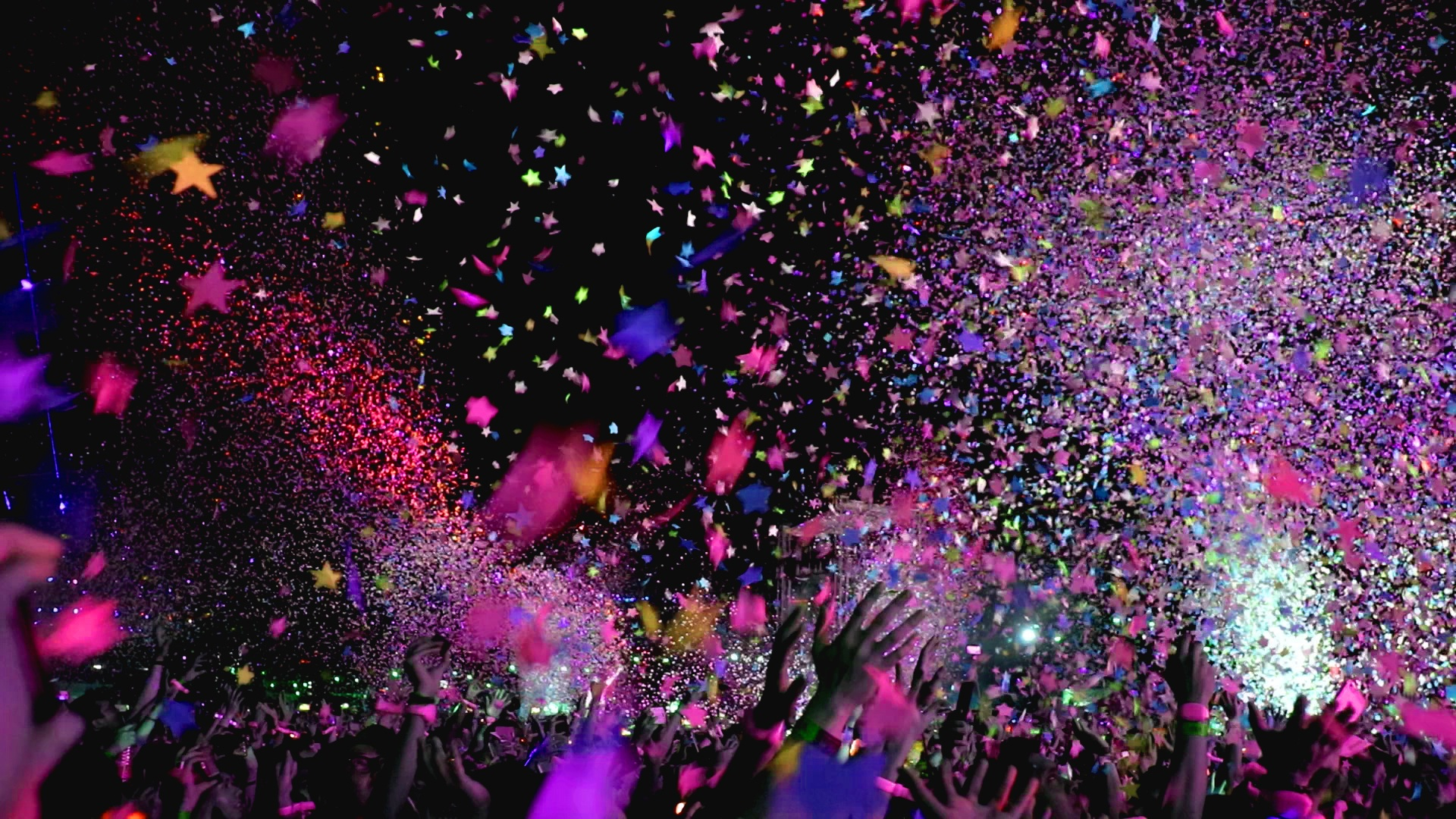
 New Year’s Resolutions, Take 2
New Year’s Resolutions, Take 2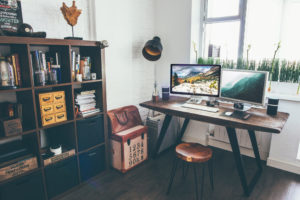 My New Year’s Resolutions Progress? Not So Great
My New Year’s Resolutions Progress? Not So Great Our actions are actually embodied within our body/mind, which includes our emotions and our soma (the body in its wholeness). Incorporating an approach of change that includes our three brains (gut, heart and head) is much more likely to create different results. It’s also about aligning ourselves with ALL parts of us, so that alignment creates leverage, traction and old fashioned “oomph” to get out of the orbit of our habits. To lift off past the strong pull of gravity of our familiar ways of operating in our contexts.
Our actions are actually embodied within our body/mind, which includes our emotions and our soma (the body in its wholeness). Incorporating an approach of change that includes our three brains (gut, heart and head) is much more likely to create different results. It’s also about aligning ourselves with ALL parts of us, so that alignment creates leverage, traction and old fashioned “oomph” to get out of the orbit of our habits. To lift off past the strong pull of gravity of our familiar ways of operating in our contexts. Where does this Presence idea come in? Presence is the internal state of our being. We can cultivate our own presence in each of our three centers of intelligence (gut, heart, head). We are most strongly present to the immediacy of the moment when we place our attention from the whole of us on what’s happening right here and right now. In the present moment. We are able with practice, to see any situation or choice, from a more objective lens, rather than the perspective of doing what we’ve always done that often feels comfortable or safe or familiar.
Where does this Presence idea come in? Presence is the internal state of our being. We can cultivate our own presence in each of our three centers of intelligence (gut, heart, head). We are most strongly present to the immediacy of the moment when we place our attention from the whole of us on what’s happening right here and right now. In the present moment. We are able with practice, to see any situation or choice, from a more objective lens, rather than the perspective of doing what we’ve always done that often feels comfortable or safe or familiar. Perceiving ourselves and our situation more objectively and explicitly with Presence can open up much more information into our awareness about what’s really happening. This data can bring with it additional ideas for shifting ourselves and our contexts that were out of our consciousness previously. Having support of another person (i.e. a coach or peer) is also useful, as that person can offer additional perspectives about what’s really going on.
Perceiving ourselves and our situation more objectively and explicitly with Presence can open up much more information into our awareness about what’s really happening. This data can bring with it additional ideas for shifting ourselves and our contexts that were out of our consciousness previously. Having support of another person (i.e. a coach or peer) is also useful, as that person can offer additional perspectives about what’s really going on.